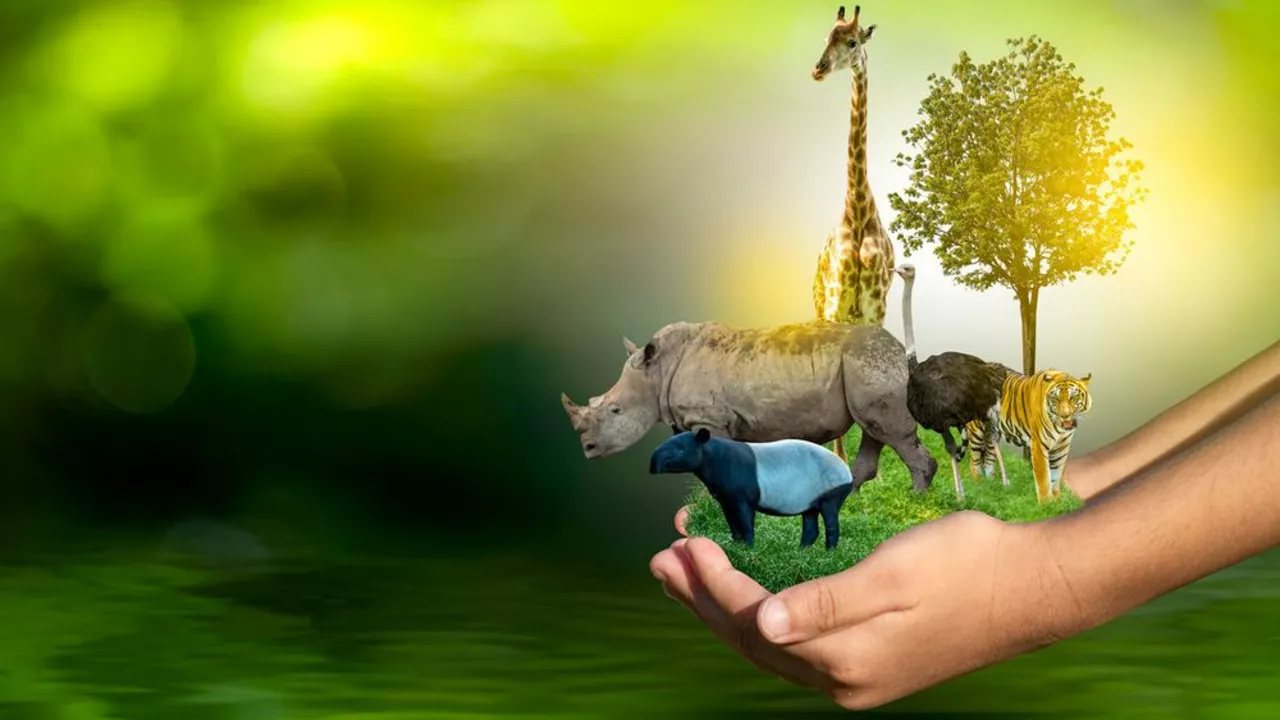Understanding Endangered Species
Before we can delve into the topic of whether or not we're allowed to touch endangered species, let's first understand what an endangered species is. An endangered species is any type of organism that is at risk of becoming extinct. This could be due to a significant decrease in its population, environmental changes, or predation. It's a grim reality that numerous species are currently on the brink of extinction, and it's a matter that requires our immediate attention.
The Laws Surrounding Endangered Species
Various laws and regulations exist to protect endangered species, both on a local and international level. These laws are in place to prevent further harm to these animals, and to facilitate their recovery. The Endangered Species Act (ESA) in the United States, for example, strictly prohibits the harassment, harm, pursuit, hunting, shooting, wounding, killing, trapping, capture, or collection of any endangered species. It's crucial that we understand and respect these laws in our interactions with endangered species.
Touching Endangered Species: The General Rule
As a general rule, it is not permissible to touch endangered species. These rules have been established to protect these vulnerable creatures from any potential harm or stress that human interaction might cause. It's important to remember that while our intentions might be good, our actions could inadvertently cause harm.
The Impact of Human Interaction
Human interaction can have a significant impact on endangered species, and it's rarely positive. Even the simple act of touching can cause stress, spread disease, or result in injury. Additionally, our presence alone can disrupt their natural behaviors and habitats. It's crucial that we allow these animals to live and thrive in their natural environments without human interference.
Exceptions to the Rule
There are, of course, exceptions to every rule. Certain professionals, like wildlife biologists and veterinarians, are permitted to handle endangered species under specific circumstances. These exceptions are strictly regulated and require special permits and training. It's important to note that these exceptions are made only when necessary for the welfare of the species.
Responsible Wildlife Tourism
As tourists, it's our responsibility to respect the wildlife we encounter. This means maintaining a safe distance, refraining from feeding or touching the animals, and avoiding any activities that could disrupt their natural behaviors. Responsible wildlife tourism isn't just about enjoying the beauty of nature, it's also about ensuring the survival of these incredible species for future generations.
Rescue and Rehabilitation of Endangered Species
There are numerous organizations dedicated to the rescue and rehabilitation of endangered species. These organizations are often staffed by professionals who are trained to handle these animals safely and effectively. If you encounter an injured or distressed endangered species, it's important to contact a local wildlife rehabilitation center immediately.
How You Can Help
Even though we're not allowed to touch endangered species, there are plenty of ways we can help. This includes supporting conservation efforts, advocating for stronger wildlife protection laws, and educating others about the importance of protecting endangered species. Remember, every little bit helps in the fight against extinction.
Respecting All Wildlife
In conclusion, it's important to respect all wildlife, not just those that are endangered. Every animal plays a crucial role in our ecosystem, and it's our responsibility to ensure their survival. So, the next time you're tempted to touch an animal, remember the potential harm your actions could cause. Instead, let's appreciate these beautiful creatures from a distance and do our part to protect them.
